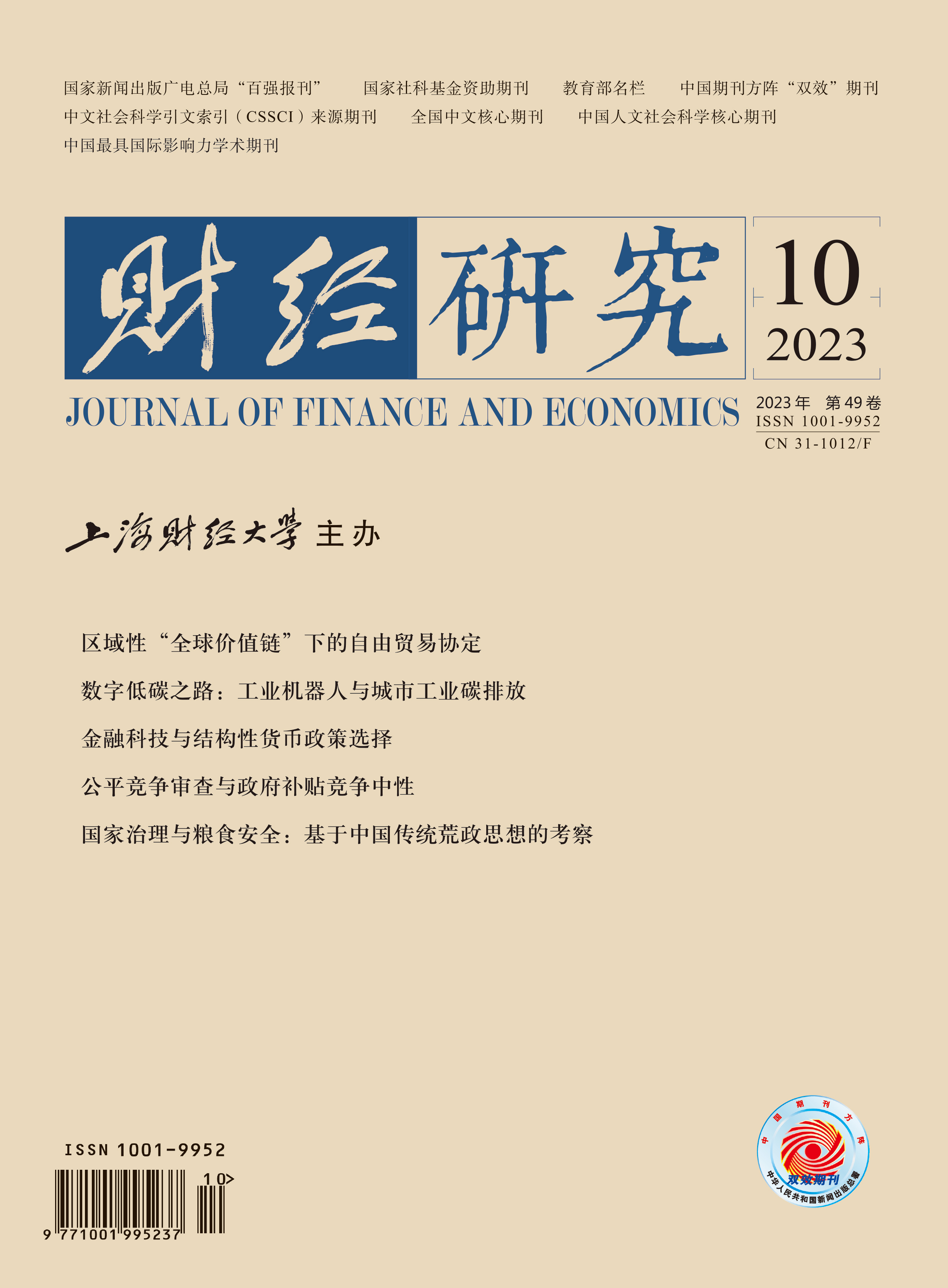Under the complex and severe domestic and international situation, industry competition is fierce and involute overtime is prevalent. More and more employees choose to start their own business to avoid the normalization of overtime, but there is no definite conclusion that entrepreneurs can get rid of the long hours of work commitment so far. In recent years, the multiplier effect of employment driven by entrepreneurship has gradually emerged, but the risks and pressures of entrepreneurship have also increased, bringing great challenges to improve the quality of entrepreneurship and enhance people’s well-being.
This paper uses data from the China Time Use Survey (CTUS) and the China Household Finance Survey (CHFS) to explore the time allocation pattern of entrepreneurs, the existence of time poverty, mitigation mechanisms, and their impact on personal physical and mental health at the micro level. The results show that: (1) The time allocation pattern of entrepreneurs follows the characteristic of “one long and three short”, and differs from non-entrepreneurs in terms of gender, age, education and income. (2) Entrepreneurs have a significant time poverty problem. Compared to ordinary employees, entrepreneurs have 48 minutes more total daily labor time and are 5.3% more likely to be time poverty. (3) Business environment, social network and proprietary human capital are important mitigating mechanisms for entrepreneur time poverty, but generic human capital accumulation has the opposite effect. (4) Time poverty negatively affects the subjective mental health and objective physical health of entrepreneurs, posing a “hidden risk” on improving entrepreneur well-being.
This paper explains the formation and mitigation mechanisms of entrepreneur time poverty from the perspective of time allocation, and suggests that the focus of the current “dual-innovation” policy should be not only on cultivating the fertile ground for entrepreneurship, but also on the long-term well-being of the entrepreneurial community. The study proposes to improve the quality of innovation and entrepreneurship by optimizing the business environment, and building platforms for communication and skill training. The conclusions provide a new perspective for promoting the healthy growth of entrepreneurs and new ideas for optimizing the innovation and entrepreneurship environment.





 3723
3723  4216
4216

